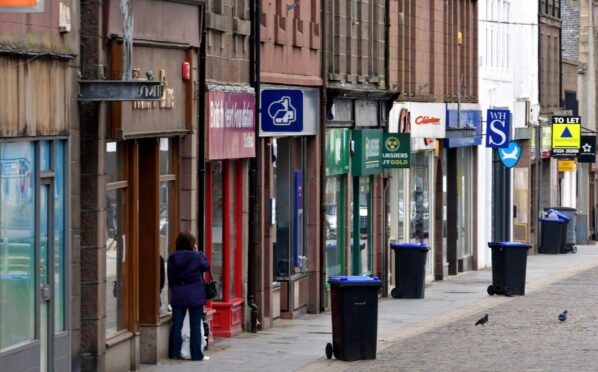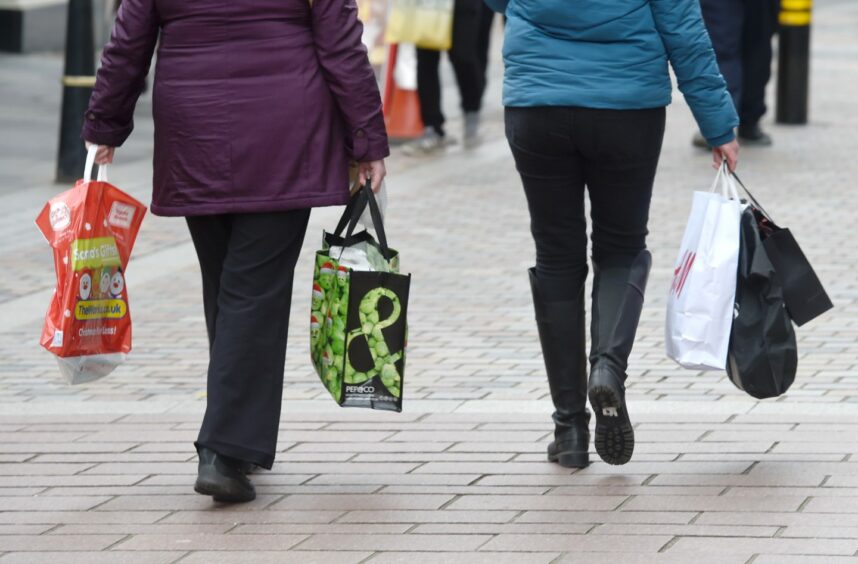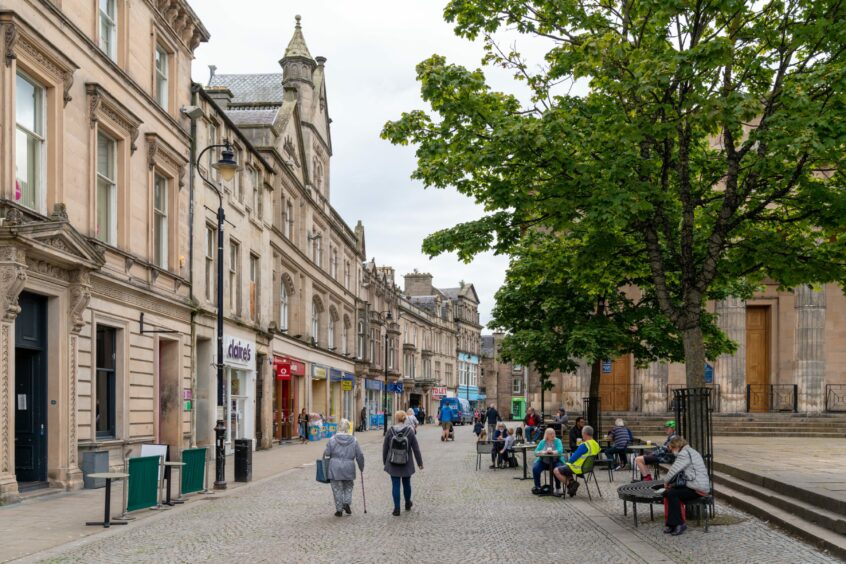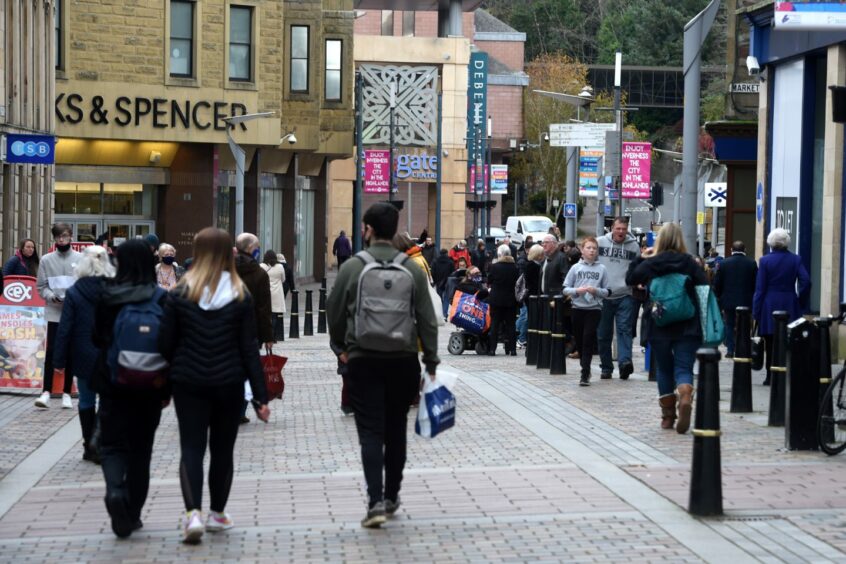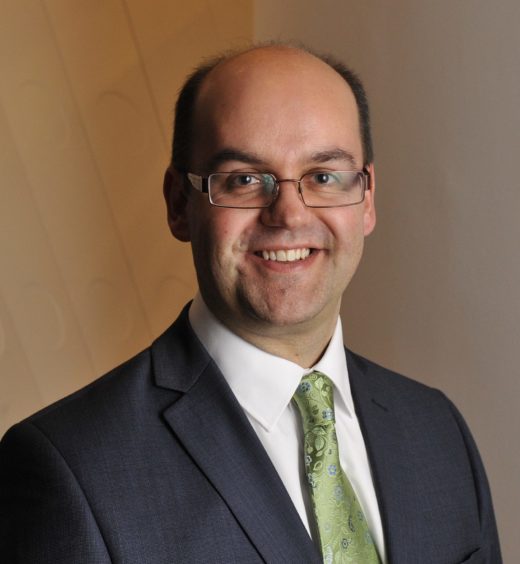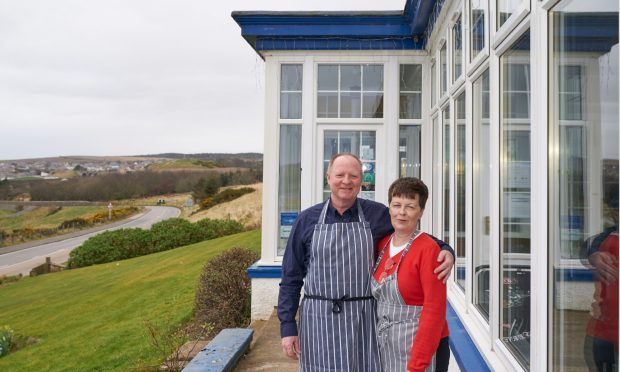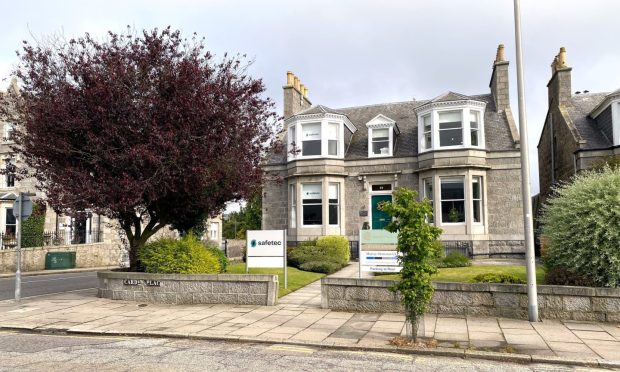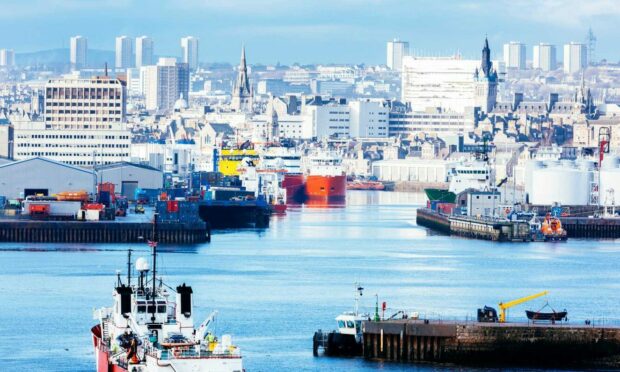Scottish retail chiefs have warned a revival of the nation’s high streets is going to require leadership and investment to overcome “structural challenges”.
They have also called on MSPs to “listen to the needs of retailers” to shape recovery for the country’s struggling city and town centres.
The Scottish Retail Consortium (SRC) delivered the plea to save high street shops in its submission to a parliamentary inquiry, which closed yesterday.
Members of the Scottish Parliament’s economy and fair work committee have been investigating town centres and retail.
Scotland’s cities and towns have enormous potential, but action is needed if many aren’t to fade away in the coming years under the pressure of new economic models.”
David Lonsdale, director, Scottish Retail Consortium.
SRC’s submission comes less than a fortnight after property firm FG Burnett reported the first drop in shop vacancies on Union Street, Aberdeen, in two years.
But high street retailers throughout the country are facing a raft of pressures, including intense competition from online shopping, high business rates and rising energy costs.
SRC has set out “key priorities” for the Scottish Government and local authorities.
Action on each of these will help town and city centres “respond to the challenges presented by the changing economic environment and the consequences of the Covid pandemic”, the industry body said.
Highlighting the first key area for action, SRC said: “Scotland’s town and city centres have enormous strengths but there are structural challenges which are hampering their economic prospects.”
The current policy landscape for town centres is “cluttered and often contradictory”, the group said, adding high street retailers also “remain burdened by high business rates”.
It continued: “Many high street stores are subject to the higher property supplement which means they face a higher rates bill than equivalent properties in England.
“We believe lowering the business rates burden, bringing the higher property rate supplement into parity with England, and using local rates relief powers to support businesses are vital tools in helping towns and cities recover from Covid.”
Meanwhile, a “long-term balanced approach” to developing transport infrastructure is needed to make sure town and city centres are “accessible to all”, SRC said.
Finally, the group called for “strong local leadership from businesses and civic leaders” to deliver “successful” town and city centres.
SRC director David Lonsdale said: Scotland’s town and city centres have been irrevocably changed by the last five years.
“A fresh approach is needed if we want these centres to recover as economic and social hubs for the local community.
“That requires a coherent vision of what is wanted in these places, and the right financial and social incentives put in place.”
‘Step change’ needed
Mr Lonsdale added: “Ultimately, the current approach does not do enough to encourage customers to visit many centres, nor for businesses to invest.
“A step change is needed which changes those incentives. That should start with reducing the cost of doing business on the high street, encouraging collaboration between local authorities and enterprise, and building transport solutions which are genuinely accessible.
“Scotland’s cities and towns have enormous potential, but action is needed if many aren’t to fade away in the coming years under the pressure of new economic models.”
FG Burnett recently counted 44 ground floor units currently vacant on Aberdeen’s main thoroughfare, or 23% of the total.
Seven new occupants – including four mobile phone outlets – had opened for business since the company’s previous survey six months earlier, while three traders had gone.
